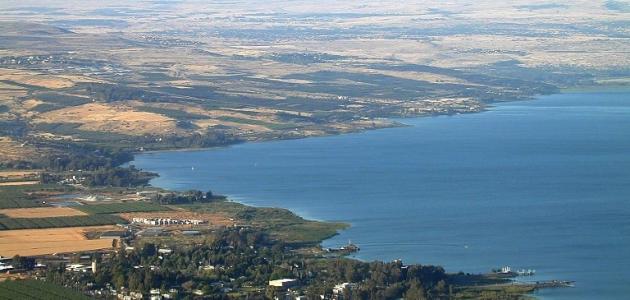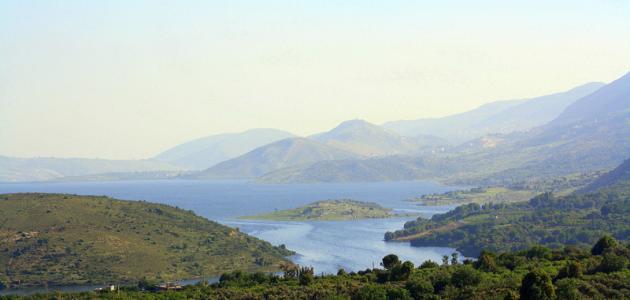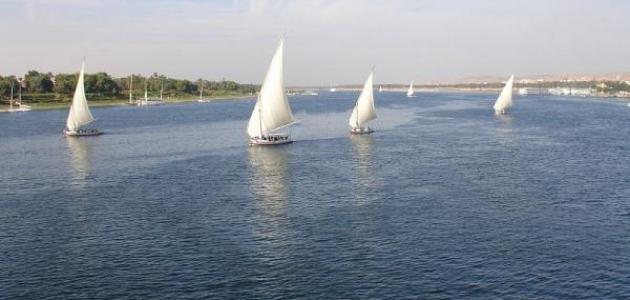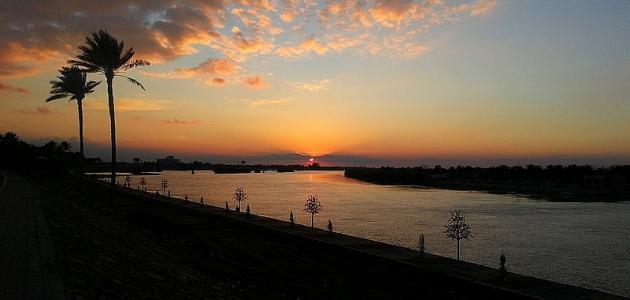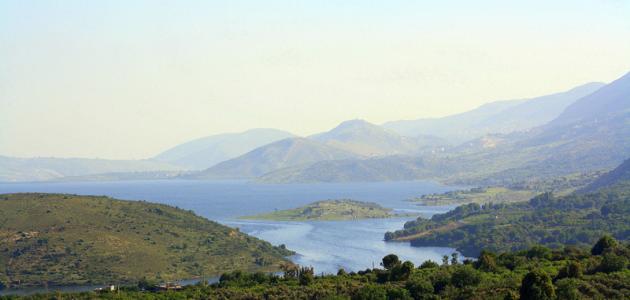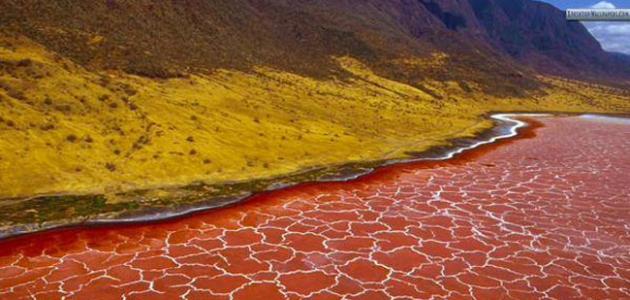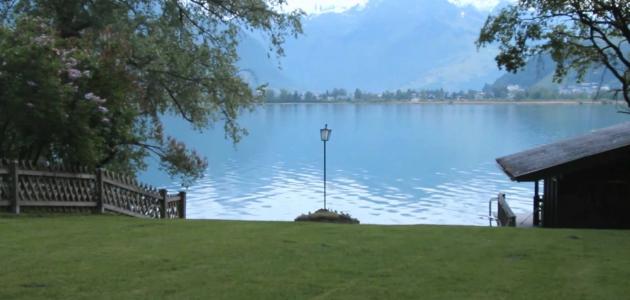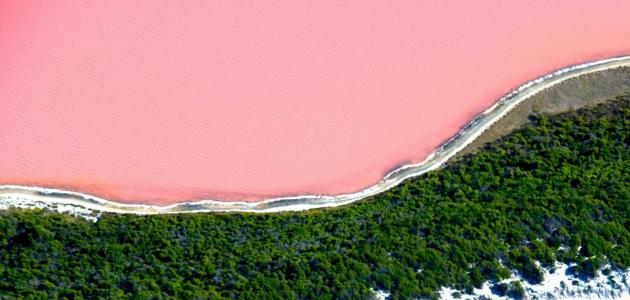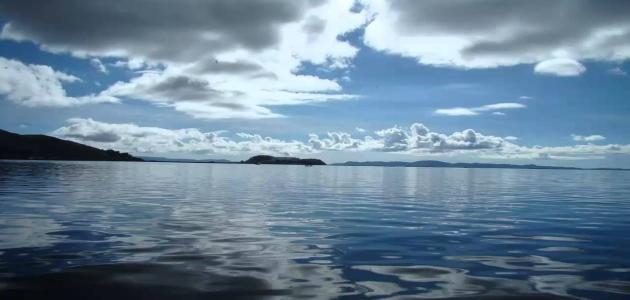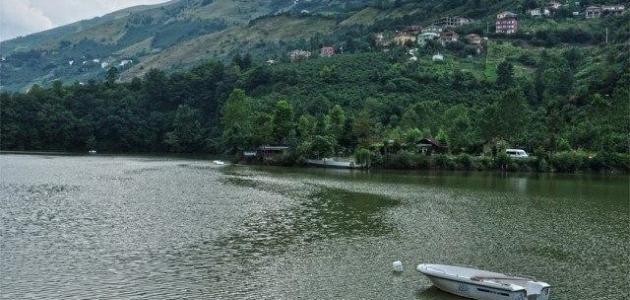Location of the Sea of Galilee
Lake Galilee, also called the Sea of Galilee, is located in northern Palestine, surrounded by hills on all sides. To the east, the Golan Heights in Syria, and to the west, Wadi al-Hamam Mountain in the Galilee. Its area is 166 square kilometers, its average depth is 25.6 meters, and its water volume is approximately 4 cubic kilometers. There are several mineral springs that feed the lake, but the Jordan River is its main outlet. The lake loses a lot of water through evaporation, and the continuous flow of its water in and out makes it a fresh water lake. Lake Tiberias is the second lowest body of water in the world after the Dead Sea.
Climate of the Sea of Galilee
The winter season is mild in the Sea of Galilee, with an average temperature of 14 degrees Celsius in January. This climate helped to grow dates, vegetables, bananas and citrus fruits. The lake witnesses hot summers with an average temperature of 31 degrees Celsius.
The religious significance of the Sea of Galilee
Lake Galilee has a great religious importance in the Christian and Jewish religions, as it is said that our master Jesus, peace be upon him, walked on its waters, and it was called in the Old Testament the name (Chinereth Sea), and it was later known as (Lake Gennesaret), and it was called by other names. The Sea of Galilee is an important part of the Christian tradition. Where our master Jesus, peace be upon him, used to deliver his famous sermons on its mountains, and in it he recruited the first four of his students.
Read also:What are the tributaries of the Nile River?History of the Sea of Galilee
The flowing rivers of the lake and the surrounding plains have been a source of sustenance for various peoples throughout the ages. Fertile soil, pleasant climate, and relatively abundant water have helped people settle in the lake since ancient times. Some sediments dating back around 40000 to 500000 years ago have unearthed prehistoric tools and fragments of human beings that are among the oldest in the Middle East, and Canaanite structures dated between 1000 and 2000 BC have been discovered.
Read also:Lake Natron